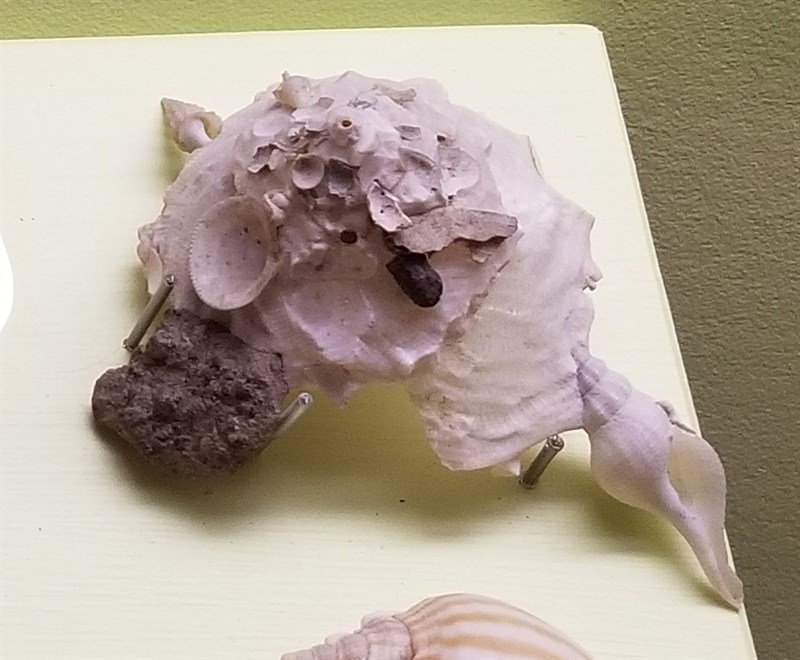Xenophora pallidula, commonly known as the “pale carrier shell”, is a fascinating marine snail species belonging to the family Xenophoridae. These gastropods are known for their unique habit of attaching foreign objects to their shells, giving them a distinctive and often striking appearance.
Description & Characteristics
Xenophora pallidula is a medium-sized snail, reaching a maximum shell size of about 50 mm. Its shell is typically a pale, yellowish-brown color, with a distinctive spiral shape and a wide, open aperture. The most notable characteristic of this species, however, is its tendency to collect and attach foreign objects to its shell, such as pebbles, shells, and other debris found on the seabed. These “decorations” are cemented to the shell using a sticky secretion produced by the snail, creating a unique and often elaborate mosaic.
Habitat and Occurrence
Xenophora pallidula is found in a variety of marine environments, typically inhabiting shallow coastal waters and intertidal zones. This species is particularly prevalent in the Indo-Pacific region, including areas such as the Philippines, Indonesia, and Australia. The species thrives in a range of depths, but is most commonly found in the neritic zone, which extends from the shoreline to the edge of the continental shelf.
Taxonomy
Xenophora pallidula is classified within the Gastropoda class, belonging to the Littorinimorpha order and the Xenophoridae family. This family is characterized by the unique shell-collecting behavior of its members, which distinguishes them from other gastropod families.
Feeding
Xenophora pallidula is a carnivorous species, primarily feeding on a diet of small invertebrates, such as worms, crustaceans, and other mollusks. The snail uses its radula, a ribbon-like structure covered with teeth, to scrape food from surfaces and capture prey. The foreign objects attached to the shell are believed to serve a number of purposes, including camouflage, protection from predators, and ballast for stability.

Image References